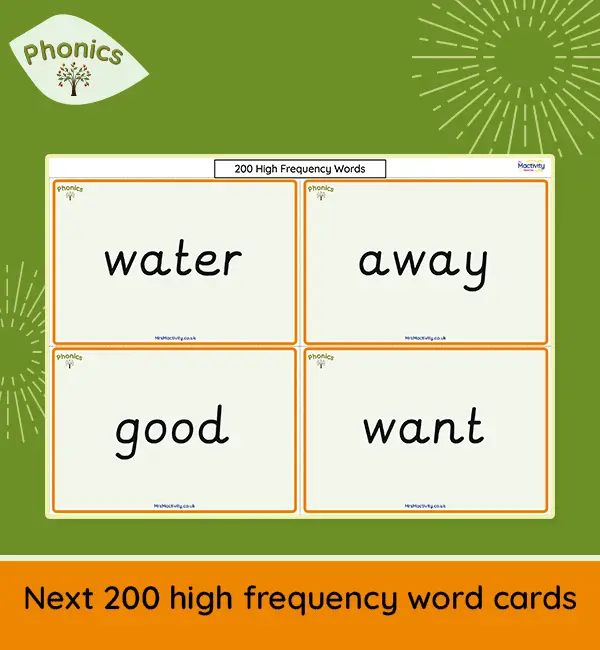Year 3 Science | Forces and Magnets | Lesson 1: Can We Explain How Objects Move on Different Surfaces?
Scintillating Science is a comprehensive and engaging primary science scheme of work, designed to build both scientific knowledge and enquiry skills. Written with the Ofsted science subject report in mind, each unit is carefully sequenced to ensure curriculum coverage and support progression from lesson to lesson.
Science Scheme | Year 3 | Block 2: Forces and Magnets | Lesson 1: Can We Explain How Objects Move on Different Surfaces? introduces pupils to the concept of friction. Through hands-on testing and observation, children investigate how different surfaces affect movement and speed, and begin to understand friction as a type of contact force.
This lesson launches our Forces and Magnets unit for Year 3 and lays the groundwork for future lessons on contact and non-contact forces.
Each lesson includes:
- 🧪 Interactive slides with key questions and teacher guidance
- 🧪 Clear and detailed lesson plans covering vocabulary, misconceptions, cross-curricular links, and assessment
- 🧪 Continuous provision ideas to extend the learning beyond the classroom
- 🧪 Differentiated worksheets and tasks to support all levels of ability
This practical lesson develops key working scientifically skills including prediction, observation, fair testing, and interpreting results. Pupils will begin thinking like scientists as they explore how surface type impacts movement.







